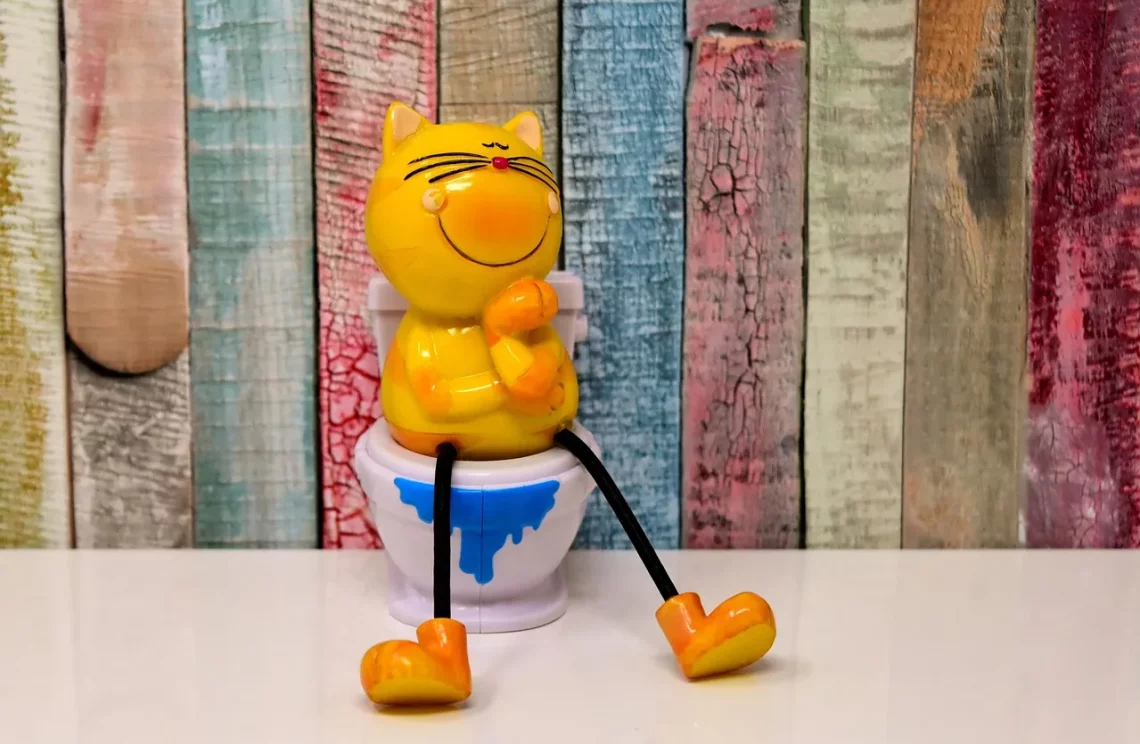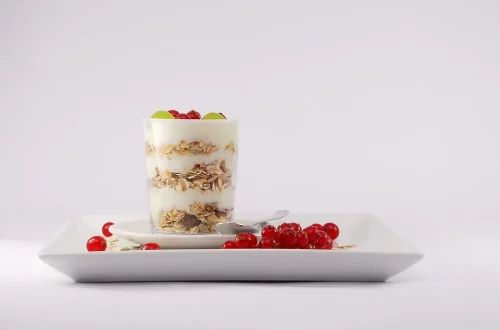
The Ultimate Guide to Puppy Cat Litter: Tips and Recommendations
Introducing a new puppy to your home is an exciting adventure filled with joy, laughter, and the occasional mess. As a responsible pet owner, one of your top priorities will be to create a comfortable and clean environment for your furry friend. While most people focus on food, toys, and grooming, one often overlooked aspect is the choice of litter for your puppy. Just like cats, some small dog breeds can benefit from using litter boxes, which can help manage their bathroom habits indoors, especially during harsh weather conditions or for those who live in apartments.
Understanding the importance of selecting the right litter is crucial. Not all litters are created equal; they come in various materials, textures, and scents, each catering to different needs and preferences. Your choice of litter can influence your puppy’s willingness to use the box, the ease of cleaning, and even the overall smell of your home. Therefore, it’s essential to be informed about the options available and how they can affect not only your convenience but also the well-being of your puppy.
In this guide, we will explore the various types of puppy litter, their pros and cons, and provide recommendations to help you choose the best option for your four-legged companion. With the right knowledge, you can ensure that your puppy’s transition into your home is as smooth as possible, setting the stage for a happy and healthy life together.
Understanding Different Types of Puppy Litter
When it comes to puppy litter, there are several types available on the market, each designed to cater to different needs. The most common types include clay-based, biodegradable, paper-based, and synthetic litters. Understanding the differences can help you make an informed decision that suits both your puppy’s needs and your lifestyle.
Clay-based litters are perhaps the most popular choice among pet owners. They typically consist of clumping clay, which absorbs moisture and odors effectively. This type of litter is known for its excellent absorbent qualities, making it easy to clean. However, it’s essential to consider the potential dust and allergens that some clay litters may produce, which can be a concern for sensitive puppies or those with respiratory issues.
Biodegradable litters, on the other hand, are made from natural materials such as corn, wheat, or recycled paper. These options are eco-friendly and often contain fewer chemicals, making them a safer choice for puppies. They may not clump as effectively as clay litters, but they can still control odors well and are generally easier to dispose of. If you’re environmentally conscious, biodegradable litter can be an excellent option.
Paper-based litters are another alternative, particularly beneficial for young puppies who are still learning their bathroom habits. This type of litter is made from recycled paper and is soft and gentle on a puppy’s sensitive paws. Additionally, it absorbs moisture and controls odors, although it may need to be changed more frequently than clay options.
Synthetic litters, often made from crystals or pellets, offer unique advantages, such as exceptional odor control and low dust levels. However, they may not be as comfortable for puppies who are accustomed to softer materials. Choosing the right type of litter ultimately depends on your puppy’s preferences, your cleaning routine, and any specific health considerations.
Factors to Consider When Choosing Puppy Litter
Selecting the right puppy litter involves considering several factors that can impact your puppy’s comfort and your convenience as a pet owner. One of the most critical aspects is your puppy’s age and size. Young puppies, especially those less than six months old, may prefer softer, more absorbent materials that mimic the natural ground. In contrast, older or larger puppies might require sturdier options that provide better support.
Another essential factor is the absorbency and odor control of the litter. A high-quality litter should effectively absorb moisture and neutralize odors to keep your home smelling fresh. Look for products that boast excellent clumping capabilities, as they make cleanup much easier. The frequency of litter changes can also vary based on the type you choose, so consider how often you’ll be able to maintain the litter box.
Dust levels are another consideration, especially for puppies that may have allergies or respiratory sensitivities. Low-dust litters can help minimize respiratory issues and create a healthier environment for your pet. If your puppy is prone to such conditions, opting for a hypoallergenic litter may be advisable.
Moreover, consider your lifestyle and the ease of cleaning. Some litters require more maintenance than others, and if you have a busy schedule, you might prefer a litter that requires less frequent changing. Lastly, the cost of litter can add up over time, so it’s wise to consider your budget when making a choice.
Ultimately, investing time in selecting the right puppy litter can significantly enhance your puppy’s indoor experience, making them feel secure and comfortable in their new environment.
Tips for Litter Training Your Puppy
Once you’ve selected the appropriate litter for your puppy, the next step is to establish a successful litter training routine. Litter training can be an effective way to teach your puppy where it’s acceptable to go to the bathroom, especially if you live in a small space or have a busy schedule.
Start by placing the litter box in a quiet, easily accessible area of your home. Puppies often prefer a private space, so avoid placing it near their food or toys. Introduce your puppy to the litter box and encourage them to explore it. You can gently place your puppy inside the box after meals or when they wake up, as these are common times for them to need to relieve themselves.
Positive reinforcement plays a crucial role in litter training. Whenever your puppy uses the litter box successfully, reward them with praise or a small treat to reinforce the behavior. This will help them associate the litter box with positive experiences, encouraging them to use it more frequently.
Be patient, as accidents will happen. If your puppy has an accident outside the litter box, clean it up without scolding them. Instead, focus on redirecting them back to the litter box. Consistency is key; maintain a regular schedule for feeding and bathroom breaks to help your puppy develop a routine.
Regularly clean the litter box to ensure it remains inviting for your puppy. Replace the litter as needed and maintain a clean environment to prevent odors from building up, which can deter your puppy from using the box.
By following these tips and being consistent in your training approach, you can successfully litter train your puppy, making life easier for both of you.
Recommended Brands and Products for Puppy Litter
With so many options available in the market, it can be overwhelming to choose the right brand or product for your puppy’s litter needs. Here are a few highly recommended brands that have garnered positive feedback from pet owners:
1. **World’s Best Cat Litter**: Primarily designed for cats, this biodegradable litter is also suitable for small puppies. Made from whole-kernel corn, it offers excellent clumping capabilities and odor control while being environmentally friendly.
2. **PetFusion Better Way Cat Litter**: This eco-friendly option consists of recycled paper and is a great choice for those looking for a soft, comfortable surface for their puppy. It’s low in dust and offers good absorbency.
3. **Tidy Cats Lightweight Cat Litter**: Known for its superior odor control, this lightweight litter is easy to handle and clean. While designed for cats, many puppy owners have found it effective for their small breeds as well.
4. **Ökocat Natural Wood Cat Litter**: Made from reclaimed wood, this litter is biodegradable and offers excellent absorbency. It is a great choice for eco-conscious pet owners and provides a comfortable surface for puppies.
5. **PetSafe ScoopFree Crystal Non-Clumping Cat Litter**: This synthetic option uses crystals to absorb moisture and control odors effectively. It requires less frequent changing, making it a convenient choice for busy pet owners.
When selecting a brand, always consider your puppy’s preferences and any specific needs they may have. Reading reviews and seeking recommendations from fellow pet owners can also help guide your decision.
In conclusion, finding the right puppy litter is a crucial step in ensuring a smooth transition for your new furry friend. By understanding the various types available and considering your puppy’s needs, you can create a comfortable and clean environment that promotes good bathroom habits.
**Disclaimer**: This article is for informational purposes only and does not constitute medical advice. If you have any health concerns regarding your pet, please consult a veterinarian.




